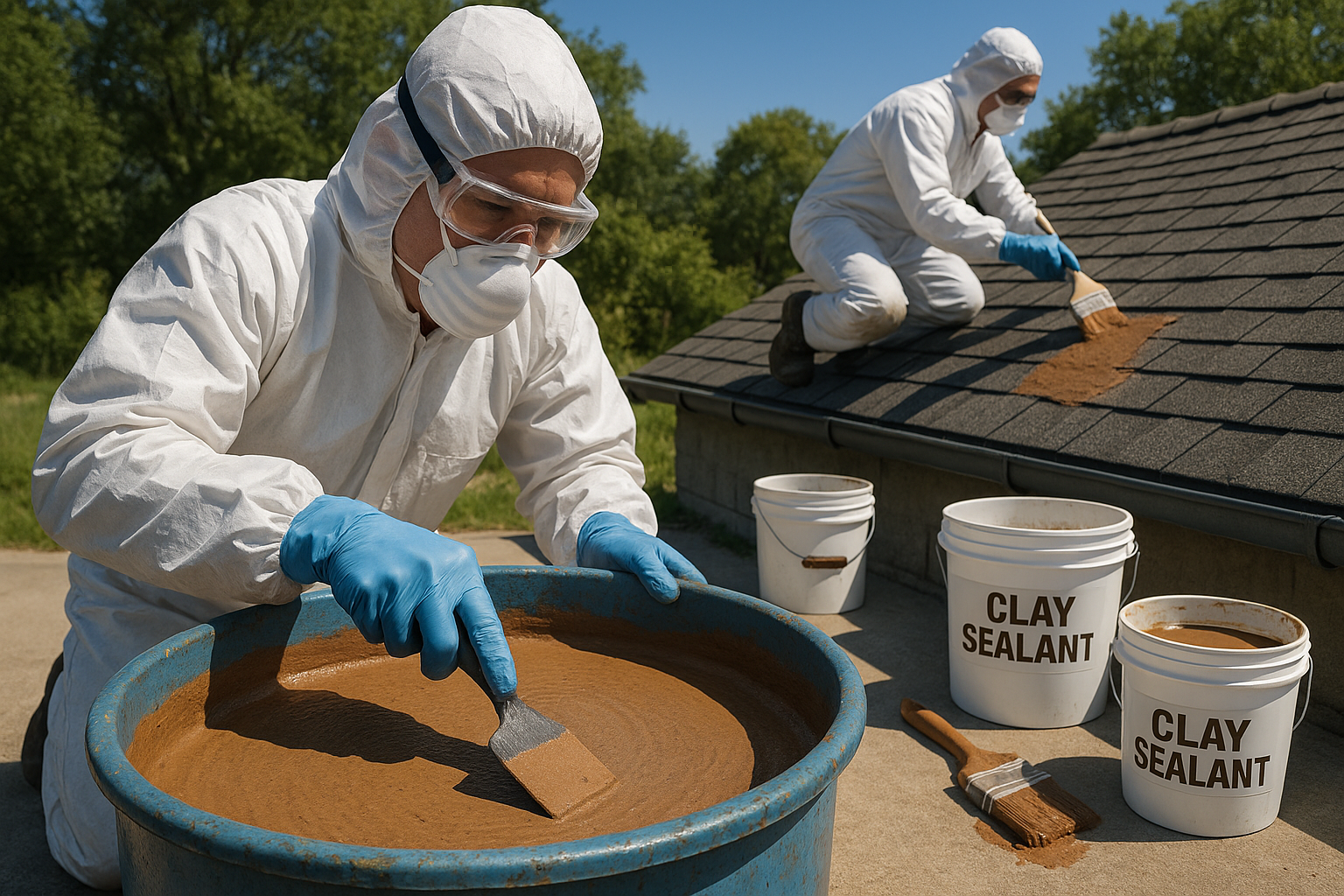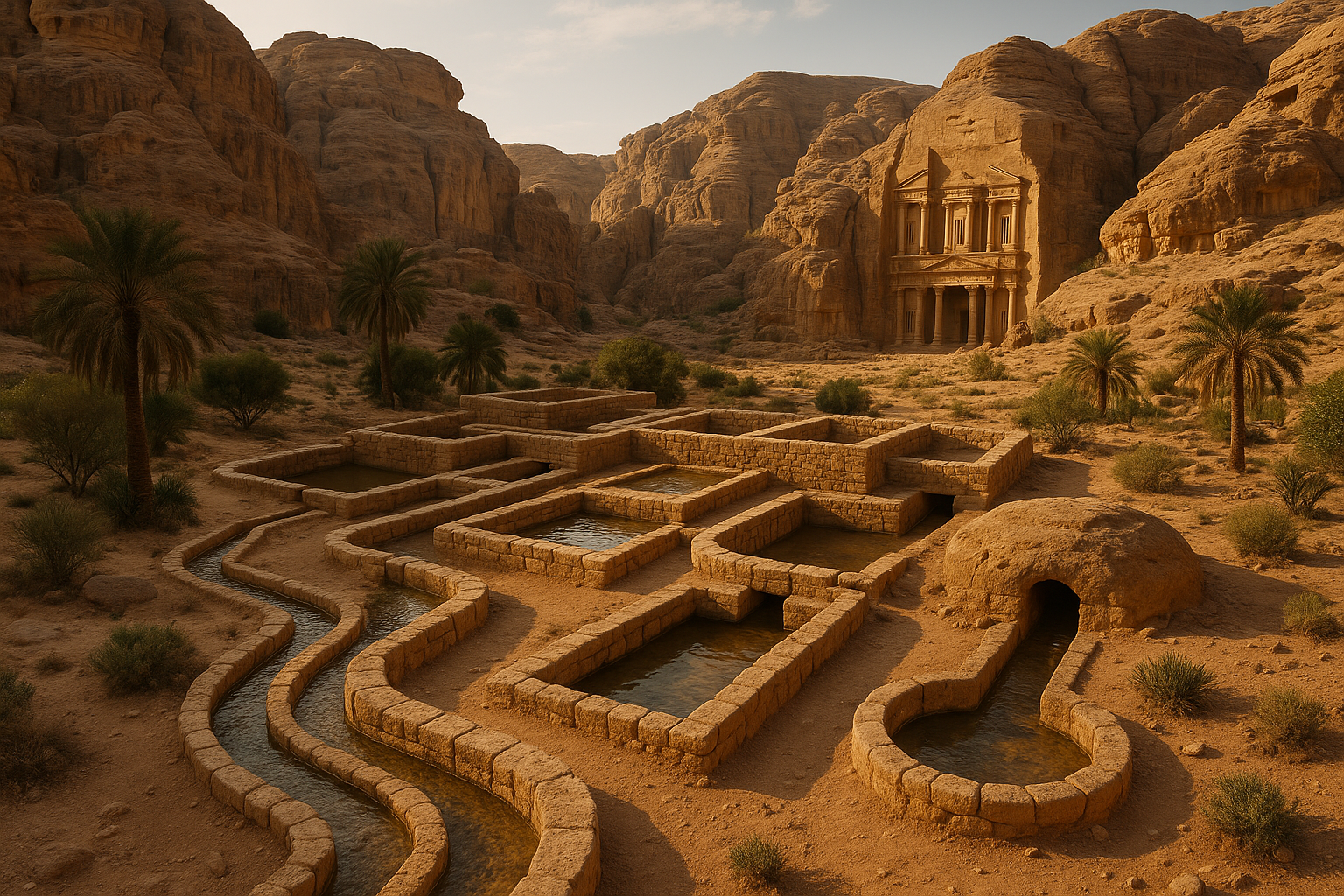In the heart of the African savannah, where the sun paints the sky with hues of orange and gold, lies a remarkable testament to human ingenuity and adaptability: the traditional African hut. These humble abodes, often constructed with locally sourced materials, are masterpieces of sustainable architecture, embodying a perfect harmony with nature. At the core of their design lies an ancient secret—mud-based insulation—that not only withstands the test of time but also offers a myriad of benefits to its inhabitants. In this blog post, we delve into the fascinating world of mud-based insulation, exploring its role in keeping traditional African huts both cool and cozy. 🌍
Picture this: a sweltering day under the relentless African sun, where temperatures can soar to unbearable heights. Yet, within the confines of a mud-insulated hut, a serene and refreshing coolness prevails. How is this possible? The answer lies in the unique properties of mud, a natural insulator that has been used for centuries. In this article, we will uncover how mud-based insulation works to regulate temperature, providing a natural respite from the scorching heat. We will explore the science behind mud’s thermal properties and its ability to maintain a stable indoor climate, ensuring comfort for those who call these huts home.
Beyond its thermal benefits, mud-based insulation offers remarkable advantages in terms of sustainability and environmental impact. In an era where eco-friendly solutions are more important than ever, the use of mud as a building material stands as a testament to sustainable living. We will delve into the environmental benefits of mud-based construction, examining how it reduces the carbon footprint and promotes the use of renewable resources. From its low energy requirements during construction to its biodegradability, mud-based insulation exemplifies a holistic approach to building that respects and preserves the natural world. 🌿
Moreover, mud-based insulation is not just about keeping cool; it also plays a crucial role in maintaining warmth during cooler months. This dual capability of mud makes it an ideal insulator, capable of providing comfort year-round. We will explore how the thermal mass of mud walls helps to retain heat during chilly nights, offering a cozy refuge for inhabitants. By examining real-life examples and case studies, we will highlight how mud-based insulation meets the diverse climatic challenges faced by different regions in Africa, proving its versatility and effectiveness.
As we journey through this exploration of mud-based insulation, we will also touch upon the cultural and social significance of these traditional huts. These structures are not just shelters; they are a reflection of the communities that build them, each one telling a story of heritage, resilience, and connection to the land. By preserving and promoting the use of mud-based insulation, we honor the wisdom of past generations while paving the way for future innovations in sustainable architecture. Join us as we unravel the secrets of mud-based insulation and discover how this ancient technique continues to keep traditional African huts cool, cozy, and full of life. 🏡
Understanding Mud-Based Insulation in Traditional African Huts
Mud-based insulation has been a staple in traditional African architecture for centuries. Its usage is particularly significant in regions with harsh climates, where maintaining a comfortable living temperature is crucial. The primary components of this insulation type are mud and other natural materials like straw, grass, and animal dung. This composition provides both thermal regulation and durability, ensuring the huts remain cool during the day and warm at night. In addition, the use of locally sourced materials reduces the environmental impact and supports the sustainability of the community.
A key advantage of mud-based insulation is its thermal mass. The thick walls of mud huts absorb heat during the day and release it slowly at night, maintaining a stable interior temperature. This passive heating and cooling process reduces the need for artificial climate control, making it an energy-efficient solution. Moreover, the natural materials used in the insulation process are often abundantly available, ensuring that construction remains cost-effective and accessible for local populations.
Another significant benefit is the insulation’s ability to regulate humidity. Mud is highly effective at absorbing and releasing moisture, which helps to maintain a comfortable level of humidity inside the hut. This characteristic is particularly beneficial in regions with high humidity, as it helps to prevent mold and mildew growth, contributing to better health outcomes for the inhabitants. The environmental benefits of using mud are also noteworthy, as it minimizes the carbon footprint associated with the construction and maintenance of these traditional homes.
The Science Behind Mud-Based Insulation
To understand the efficacy of mud-based insulation, it’s important to delve into the science behind its thermal properties. The thermal mass of mud plays a crucial role in its ability to maintain temperature. Thermal mass refers to a material’s capacity to absorb, store, and release heat. Materials with high thermal mass, like mud, are effective at regulating indoor temperatures, making them ideal for use in areas with significant temperature fluctuations.
Mud’s porosity is another factor contributing to its insulation properties. The tiny air pockets within the mud structure act as natural insulators, reducing the transfer of heat between the interior and exterior of the hut. This characteristic is especially useful in arid regions, where daytime temperatures can soar, but drop significantly at night. The natural insulating properties of mud ensure that huts remain comfortable, regardless of external temperature changes.
Additionally, the combination of mud with other organic materials like straw or grass enhances its insulating capabilities. These materials add structural integrity and improve the material’s overall performance as an insulator. The integration of these organic materials creates a composite material that is not only durable but also effective at maintaining a stable indoor climate. The synergy between mud and these natural additives showcases the ingenuity of traditional building techniques, which leverage the best properties of each material.
Comparative Analysis: Mud-Based Insulation vs. Modern Insulation Techniques
Modern insulation techniques, such as fiberglass and foam board insulation, offer various benefits, including high thermal resistance and ease of installation. However, these techniques often come with environmental and economic costs that make them less appealing in certain contexts. To better understand the advantages of mud-based insulation, a comparison with modern methods is essential.
| Factor | Mud-Based Insulation | Modern Insulation |
|---|---|---|
| Thermal Efficiency | High, due to thermal mass | Varies, generally high |
| Cost | Low, due to local materials | High, due to manufacturing costs |
| Environmental Impact | Minimal, uses natural materials | High, uses synthetic materials |
| Installation Complexity | Simple, traditional techniques | Complex, requires skilled labor |
As shown in the table, mud-based insulation excels in cost-effectiveness and environmental impact, whereas modern insulation techniques might offer more thermal resistance but at a higher financial and ecological cost. The decision between using mud-based or modern insulation should consider local resources, climatic conditions, and sustainability goals.
For a visual exploration of traditional mud-based construction methods, you might find this YouTube video insightful: “The Art of Mud House Building” by TraditionalArchitectureChannel. Watch it to gain a deeper understanding of the process and its cultural significance.
The Cultural and Social Impact of Mud-Based Insulation
Mud-based insulation is not only a technical choice but also a cultural one. It reflects the ingenuity and resilience of African communities who have adapted their building practices to suit their environments. This traditional method of construction is deeply embedded in the cultural identity of many African tribes, representing a harmonious relationship with the natural environment.
Moreover, the use of mud-based insulation has significant social implications. It encourages community participation in construction projects, fostering a sense of cooperation and collective responsibility. The shared effort involved in building a mud hut strengthens social bonds and ensures the transfer of knowledge and skills between generations. This collaborative approach is essential for preserving cultural heritage and ensuring the sustainability of traditional practices.
The economic impact is also noteworthy. By using locally sourced materials and traditional construction methods, communities can avoid the high costs associated with importing modern building materials. This approach supports local economies and ensures that financial resources remain within the community. Furthermore, the skills required for mud-based construction can be a valuable source of income for artisans and builders, promoting economic empowerment and reducing poverty.
Future Prospects and Innovations in Mud-Based Insulation
While mud-based insulation has a long history, there is potential for innovation and improvement in its application. Research into the properties of mud and its composites could lead to the development of more efficient insulation materials. For example, adding natural fibers or other biodegradable materials could enhance the durability and thermal performance of mud-based insulation.
The integration of modern technology with traditional methods also presents exciting possibilities. For instance, incorporating solar panels or other renewable energy sources into the design of mud huts could improve energy efficiency and reduce reliance on external energy supplies. This combination of old and new technologies represents a promising path forward for sustainable development in rural African communities.
Additionally, promoting the cultural and environmental benefits of mud-based construction on a global scale could lead to a resurgence of interest in these traditional techniques. This recognition could encourage investment in research and development, leading to further advancements in sustainable building practices. By embracing the strengths of mud-based insulation, we can create resilient, eco-friendly homes that honor both tradition and innovation.
- Explore the environmental benefits of mud-based construction.
- Consider the social and cultural significance of traditional building techniques.
- Investigate modern innovations in mud-based insulation.
By examining these aspects, it becomes clear that mud-based insulation offers a sustainable, cost-effective, and culturally significant alternative to modern building methods. Its continued use and development could play a crucial role in shaping the future of sustainable architecture, particularly in regions where resources are limited, and the preservation of cultural heritage is paramount.

Conclusion
In conclusion, the exploration of mud-based insulation in traditional African huts unveils a fascinating intersection between age-old practices and modern sustainability efforts. Throughout this article, we’ve delved into the myriad benefits of utilizing mud as an insulating material, emphasizing its ecological, economic, and social advantages. From its exceptional thermal properties to its sustainable nature, mud-based insulation not only preserves the environment but also enhances the quality of life for those residing in these traditional structures. 🌿
One of the key points highlighted is the environmental impact of mud as a building material. Unlike synthetic insulators that often contribute to pollution and resource depletion, mud is an abundant, renewable resource. It reduces the carbon footprint associated with construction and fosters a harmonious relationship with the natural world. This sustainable approach is crucial in the global fight against climate change and underscores the importance of adopting eco-friendly building practices.
Economically, mud-based insulation proves to be a cost-effective solution. The low cost of materials and the minimal energy required for production make it accessible to communities with limited financial resources. This affordability ensures that even the most economically challenged areas can benefit from improved living conditions without incurring significant expenses. By investing in such sustainable building methods, communities can allocate resources to other essential areas, such as education and healthcare.
Socially, the use of mud for insulation fosters community involvement and preserves cultural heritage. The traditional techniques of constructing mud huts are often passed down through generations, serving as a bridge between past and present. This cultural continuity strengthens communal bonds and empowers local artisans and builders, preserving their craft while enhancing the structural integrity of homes.
Additionally, the thermal efficiency of mud-based insulation cannot be overstated. It provides a natural cooling effect during hot days and retains warmth during cooler nights, creating a comfortable living environment without the need for energy-intensive air conditioning or heating systems. This natural temperature regulation contributes to the well-being of inhabitants, promoting better health and productivity.
The research and case studies cited throughout this article further reinforce these points, offering real-world examples of successful implementations of mud-based insulation. These examples serve as both inspiration and proof of concept, demonstrating that traditional building techniques can effectively meet modern needs.
To conclude, the benefits of mud-based insulation extend far beyond the walls of traditional African huts. They offer a blueprint for sustainable living that can be adapted and implemented in various contexts worldwide. By embracing these practices, we not only honor the wisdom of past generations but also pave the way for a more sustainable future.
As we continue to face the challenges of climate change and resource scarcity, it is imperative that we explore and adopt sustainable building practices. Mud-based insulation offers a viable solution that aligns with these goals, proving that sometimes, the most effective innovations are those rooted in tradition.
We encourage you to reflect on the insights shared in this article and consider how they might be applied in your own life or community. Whether you’re an architect, builder, or simply someone interested in sustainable living, the principles discussed here offer valuable lessons and inspiration.
We invite you to share your thoughts and experiences in the comments below. Your insights can help further the conversation and inspire others to consider sustainable building practices in their own communities. If you found this article informative, please share it with others who may benefit from learning about the advantages of mud-based insulation. Together, we can build a future that is both sustainable and deeply connected to our cultural roots. 🌍
For further reading on sustainable building practices and the benefits of traditional construction methods, we recommend exploring resources such as Green Building Advisor and Earth Building UK and Ireland. These platforms offer a wealth of information on eco-friendly construction techniques and innovations that can be applied globally.
Thank you for joining us on this journey through the sustainable and enriching world of mud-based insulation. Let’s continue to stay cool, cozy, and committed to a sustainable future!




